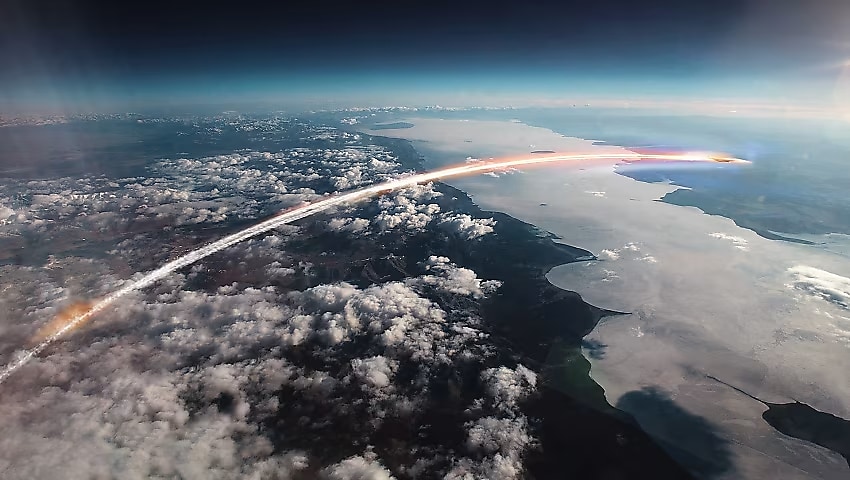Hypersonic weapons are highly manoeuvrable and designed to avoid detection by traditional missile defence systems such as ground-based radar. Responding to these threats is a global problem.
To continue reading the rest of this article, please log in.
Create free account to get unlimited news articles and more!
The past decade has seen substantial progress by many nations in the development of hypersonic systems, posing significant risks to Australia’s interests.
To neutralise the threat posed by near-peer adversaries and maintain a strong regional deterrence posture, Australia must develop sovereign capabilities in counter-hypersonics, with the space domain providing a critical layer for overall missile defence.
“We are bringing together Australian knowhow to build an advanced space surveillance system for missile defence tailored for deployment on small satellites,” said Darin Lovett, iLAuNCH Trailblazer executive director.
“Together with industry partners Northrop Grumman Australia and Spiral Blue, we will couple state-of-the-art mission simulation capabilities with pioneering imaging and space edge computing technologies to advance space-based hypersonic vehicle surveillance. Through projects like these, iLAuNCH is significantly contributing to national security and deterrence."
This mission aspires to cultivate a new sovereign capability for hypersonic missile detection through the fusion of cutting-edge infrared detection technology and industry-leading space-based artificial intelligence (AI) and machine learning (ML) data processing techniques.
Anticipated outcomes encompass hypersonic vehicle radiance and trajectory modelling, comprehensive design, and rigorous analysis of an infrared electro-optical system, by leveraging state-of-the-art infrared detectors and space edge AI/ML hardware and algorithms for onboard event detection.
Northrop Grumman’s Parallax Labs will bring the advantages of model-based systems engineering, advanced simulation, and high levels of automation to systems development, integration, and test activities.
“Through mission engineering, we plan to rapidly progress promising future operational concepts up the TRL ladder,” said Dr Dushy Tissa, Northrop Grumman Australia’s technology outreach manager.
“We will catalyse the expertise in hypersonic vehicle signatures, space-based detection technologies, and the use of AI/ML techniques for threat identification from our different project partners to inform the development of a discriminating capability to the end user.”
These efforts will leverage Spiral Blue’s edge compute capability which can be reprogrammed over the air.
“We are designing a system that once launched, will be a hypersonic detection research platform that can continuously be updated and improved to account for new types of hypersonic events, all enabled through Spiral Blue’s edge computer,” said Taofiq Huq, Spiral Blue founder and CEO.
In maturing a full stack missile detection capability, this iLAuNCH Trailblazer project aims to strengthen defence research in Australia. By leveraging competencies across partners, it aims to achieve a consolidated output to support sovereign national security needs.

 Login
Login







